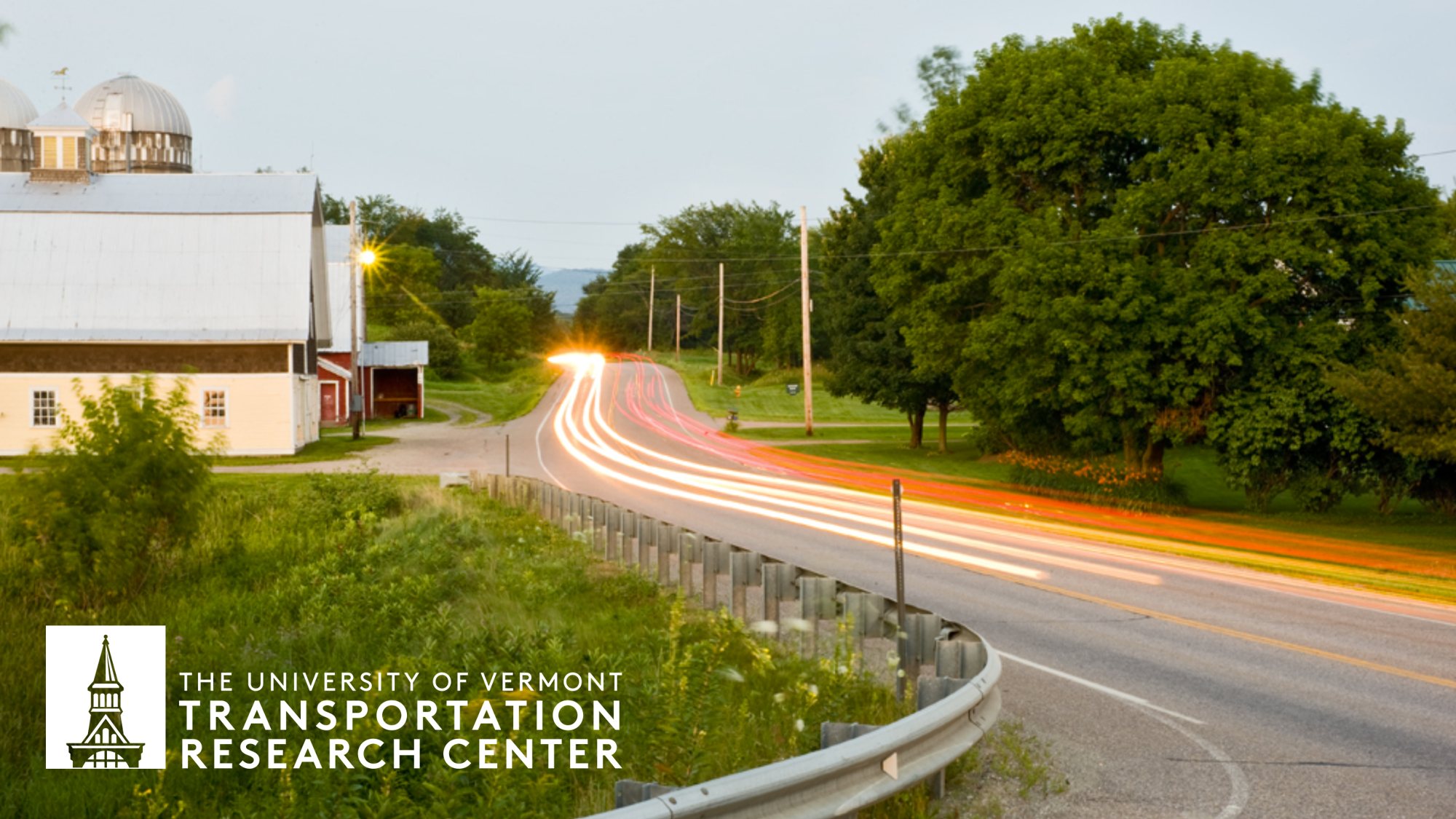
University of Vermont Transportation Research Center
Evaluating safety and compliance of pedestrian crossings in rural contexts: A before and after study of RRFBs and LED-embedded signs
Document Type
Article
Publication Date
2024
Abstract
Improving the safety of pedestrian and cyclist infrastructure is critical for reducing traffic-related injuries and fatalities. Pedestrian traffic safety risks are heightened in rural contexts. A key area of focus is the protection of pedestrians crossing roadways between intersections and in high-risk areas such as rural to urban transition zones. One way to reduce safety risks for pedestrians is through the use of crossing treatments such as rectangular rapid flashing beacons (RRFBs) and pedestrian activated LED-embedded signs (LESs), which use a pedestrian activated beacon to increase drivers’ awareness of pedestrians. Prior research on these treatments leaves open questions about their effectiveness, particularly in rural contexts. Consequently, rural communities have limited guidance for their use. We address this gap by evaluating the effectiveness of RRFBs and LESs in small and rural communities in Vermont using a rigorous before-after observational study design. Our results indicate that RRFBs improve compliance and safety in rural and small community contexts, while LESs have little to no effect on compliance and safety. Our findings hold in both central locations and rural to urban transition zones.
Recommended Citation
Pezeshknejad, P., Rowangould, D., 2024. Evaluating safety and compliance of pedestrian crossings in rural contexts: A before and after study of RRFBs and LED-embedded signs. Accident Analysis & Prevention 198, 107462. https://doi.org/10.1016/j.aap.2024.107462
DOI
https://doi.org/10.1016/j.aap.2024.107462


Comments
This is a preprint of an of an article published by Elsevier in Accident Analysis & Prevention April 2024, available at: https://doi.org/10.1016/j.aap.2024.107462